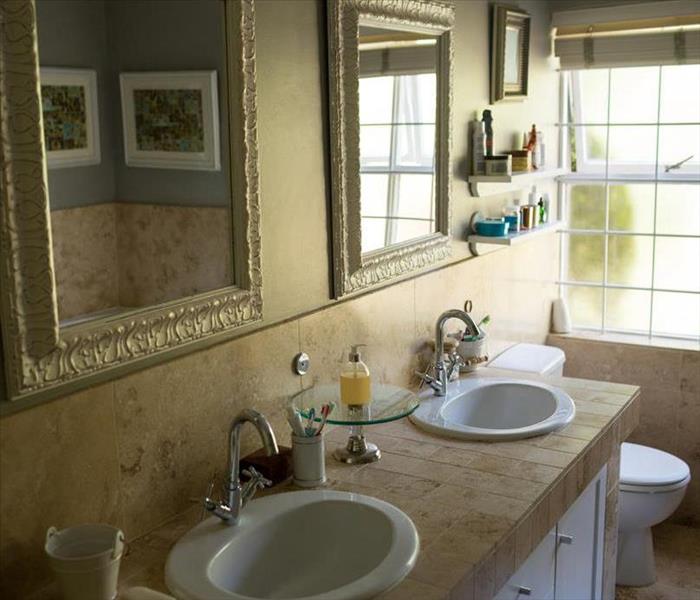Critical Maintenance for Your Water Heater
4/11/2022 (Permalink)
There are a lot of things to love about your water heater. For the most part, it is a no-fuss, no problem kind of appliance, giving your home in Greenville, NC, a reliable supply of hot water whenever needed. You can use this heated water for washing dishes and clothes, bathing and showering and shaving. Once the appliance is installed, it typically operates for years without a lot of maintenance.
However, to get the most out of your unit there is at least one important thing you can do on an annual basis. A water heater flush only takes a little time and has several important benefits:
- Gets rid of accumulated sediment in the bottom of the unit
- Prevents costly repairs and service calls to the home
- Avoids the premature failure of this essential home appliance.
- Reduces the chance you will need a professional water damage repair service
The Main Steps for Flushing Out a Water Heater
To begin with, assemble the necessary tools for the job, which you should have around your home. These include a garden hose, a screwdriver, work gloves and an area to drain the water. The next step is to turn off the heater. For gas heaters, this means extinguishing the pilot light and for an electric model, it means turning off the electric power to the unit, usually at the circuit breaker.
Next, find the drain valve at the bottom of the appliance and connect the hose to it. Then run the house out to a suitable area such as a grassy area in your backyard. Open the drain valve and let the water flow through the hose. Remember that the water coming out of the unit could be hot so be careful not to scald any exposed skin.
After the water has drained for a couple of minutes, go into the kitchen and turn on the hot water faucet. This helps the water flow more fully and allows for a more thorough cleaning of the inside of the heater. After about five minutes, turn off the water valve at the heater's base and watch until no more water is coming out of the heater. You can turn the valve on and off a couple of times for a good flush.
From there it is just a matter of removing the garden hose, closing the valve and turning on the energy source. The tank will again fill up with water and you will once again have the needed hot water for everyone in your household.
The Removal of Corrosive Sediment
If you never perform a hot water flush, either by yourself or by a plumber, sediments will settle into the bottom of your tank. In time, they can weaken the metal at the bottom of the tank enough that water will suddenly flow out to the interior of your house. This could result in gallons of water streaming over the carpet or other floorings.
Your water heater is part of what makes your home a castle. A little preventative maintenance helps this appliance have a longer life.




 24/7 Emergency Service
24/7 Emergency Service
